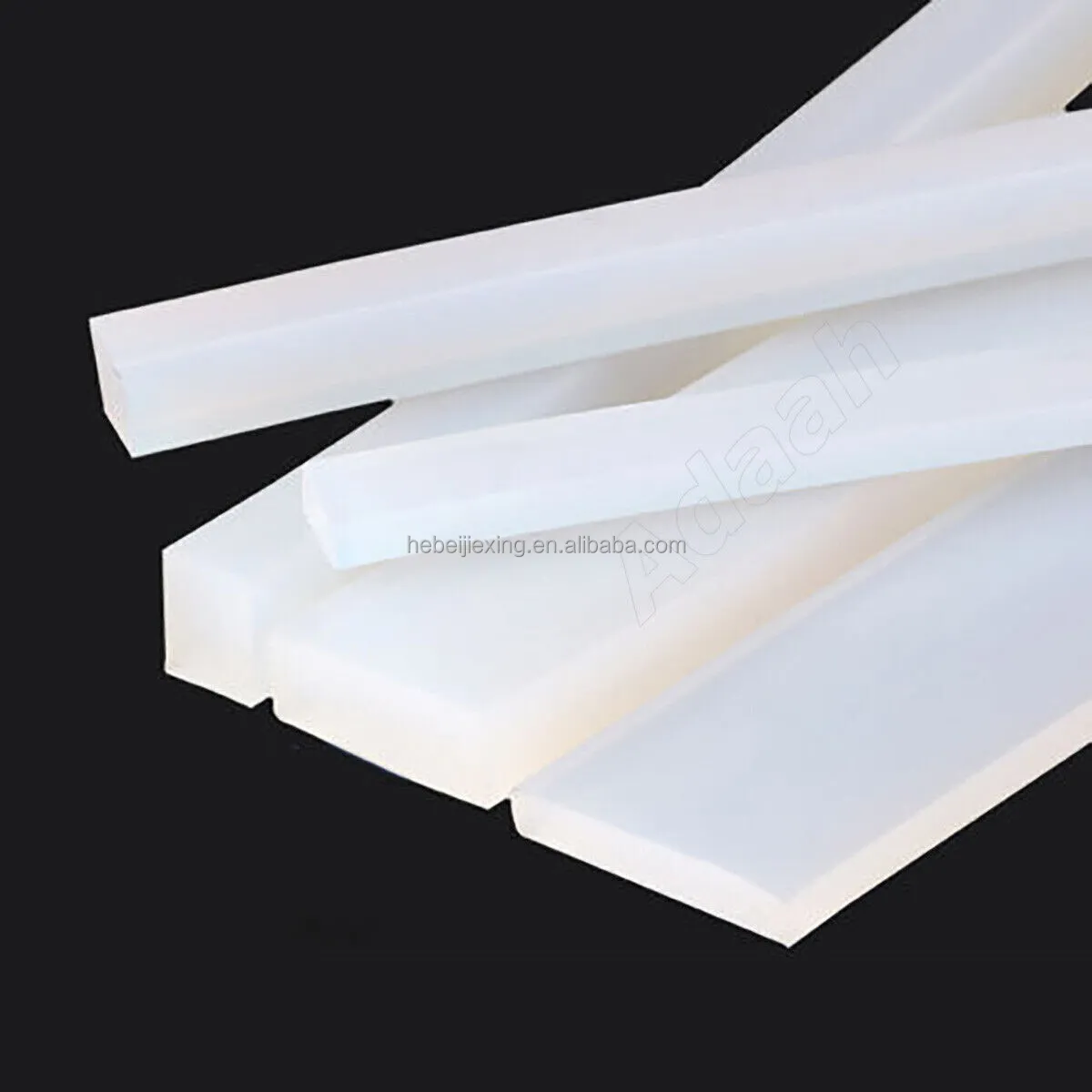mat slip
Understanding the Concept of Mat Slip and Its Implications
In various contexts, especially in sports, fitness, and even manufacturing, the term “mat slip” refers to the phenomenon when a mat, often made of rubber, vinyl, or foam, slides or moves unintentionally across a surface. This occurrence can lead to various issues ranging from potential injuries to disruptions in performance. In this article, we will explore the causes of mat slip, its consequences, and ways to mitigate it, ensuring safety and effectiveness in various environments.
Causes of Mat Slip
1. Surface Compatibility One of the primary reasons for mat slip is the compatibility of the mat material with the surface beneath it. If a mat is placed on a slick surface like polished concrete or tile, the frictional force may not be enough to hold the mat in place during activities. Conversely, on an uneven or textured surface, a mat may cling better, reducing slip.
2. Moisture and Contaminants The presence of moisture, oils, or other contaminants can significantly reduce the friction between the mat and the surface, increasing the likelihood of slippage. For example, in fitness classes, sweat can create a slippery environment, making it essential to choose mats designed to withstand moisture.
3. Weight and Size of the Mat Heavier mats are less likely to slip than lightweight ones since they exert more downward force due to gravity. Additionally, the size of the mat in relation to the space where it is used can also impact its stability. A small mat may not cover enough area to provide sufficient grip, leading to slips.
4. Nature of Activities The type of activity performed on the mat plays a crucial role. High-intensity workouts, yoga, or Pilates often involve movements that can create lateral forces, pulling at the edges of the mat. If the mat isn’t designed to handle these movements, it is likely to slip.
Consequences of Mat Slip
The consequences of mat slip are multifaceted. In fitness and sports, a slipping mat can lead to accidents and injuries, particularly in environments where balance and core stability are vital. Athletes may twist an ankle or lose their footing during critical movements. Furthermore, frequent slips can disrupt workout routines, leading to frustration and decreased motivation among participants.
In non-sport contexts, such as in manufacturing or workshops, mat slip can create dangerous situations where tools and equipment may become unstable. This can result in accidents that affect not only the person directly involved but also coworkers in the vicinity.
mat slip

Mitigating Mat Slip
To address the issue of mat slip, a variety of strategies can be employed
1. Choose the Right Mat Selecting a mat designed specifically for its intended use is paramount. For example, anti-slip mats with textured surfaces or those equipped with rubber backing can provide superior grip on various surfaces.
2. Assess the Environment Before placing a mat, it is essential to evaluate the surface and conditions. If a surface is too smooth or greasy, consider cleaning it or using a mat with added friction.
3. Use Anchoring Solutions In cases where slip is a persistent issue, consider using velcro straps to secure the mat in place or non-slip carpet tapes that adhere to both the mat and the floor.
4. Regular Maintenance Keeping mats clean and free of debris can help maintain their gripping capabilities. Regularly inspecting mats for wear and tear and replacing them when necessary is also important.
5. Educate Users Raising awareness among users about the proper use of mats and the importance of mindfulness during activities can go a long way in preventing slips and falls.
Conclusion
Mat slip poses significant challenges in various domains, particularly in sports and fitness. By understanding the causes, consequences, and preventive measures, users can create safer and more effective environments. Ongoing education and investment in suitable mats will enhance performance and safety, ensuring that users can focus on their activities without the fear of unexpected slips. Ultimately, a proactive approach can transform potential hazards into a secure and positive experience for everyone involved.
-
Under Door Draught Stopper: Essential ProtectionNewsJul.31,2025
-
Garage Door Seal and Weatherstrips for ProtectionNewsJul.31,2025
-
Edge Banding Tape for Perfect EdgesNewsJul.31,2025
-
Table Corner Guards and Wall Corner ProtectorsNewsJul.31,2025
-
Stair Nose Edging Trim and Tile Stair SolutionsNewsJul.31,2025
-
Truck Bed Rubber Mats for Pickup BedsNewsJul.31,2025
-
Window Weather Stripping for Noise ReductionNewsJul.29,2025